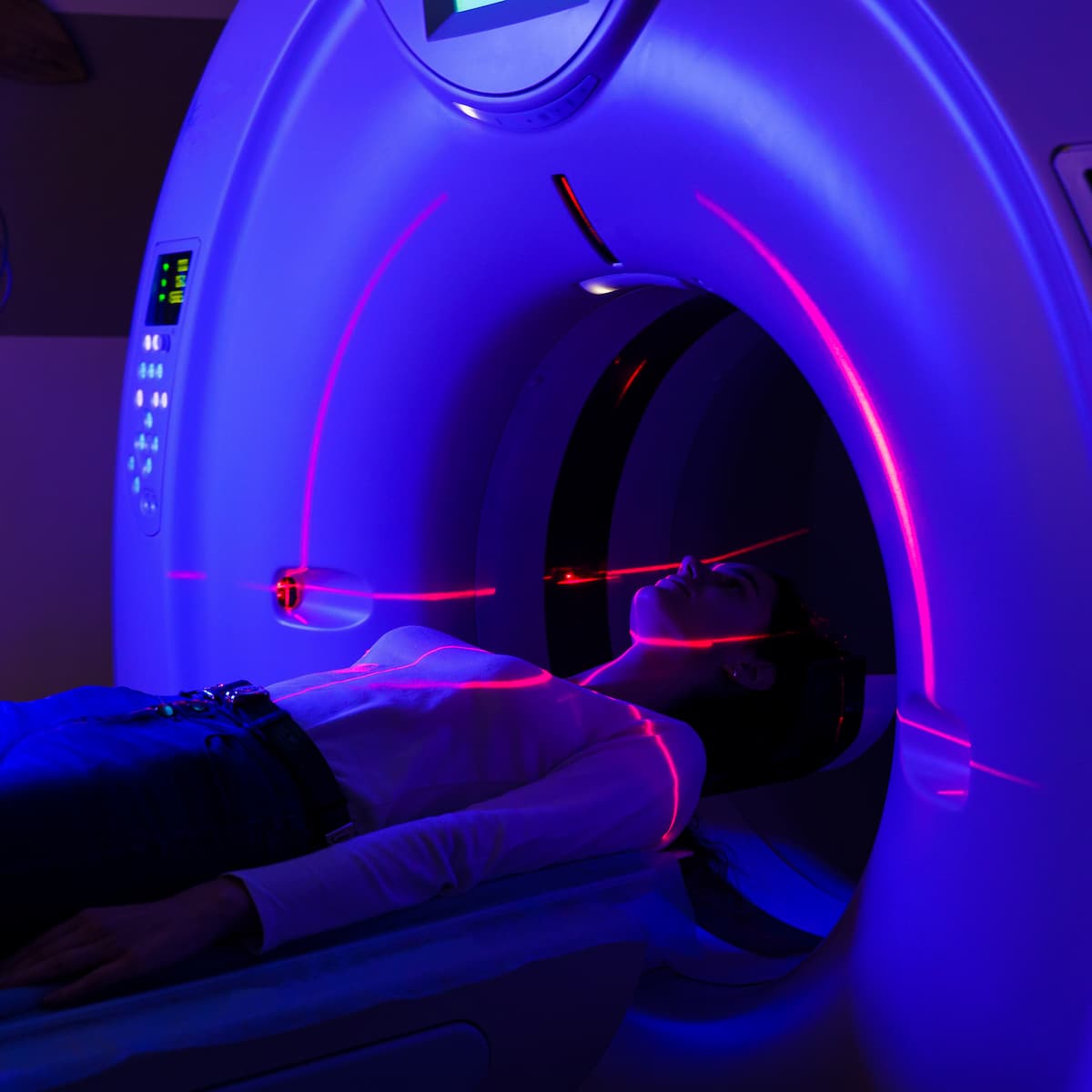Olanzapine May Prevent Radiation-Induced Nausea and Vomiting
The addition of olanzapine to antiemetics might alleviate insomnia, appetite loss, anxiety, and depression in those receiving concurrent chemoradiation.
Safety data from the trial revealed that among patients assigned to receive 5 mg of olanzapine vs placebo, nausea occurred in 14.2% and 83.6%, respectively.

The addition of olanzapine (Zyprexa) to standard antiemetics may safely and effectively prevent radiation-induced nausea and vomiting in patients receiving abdominal/pelvic radiotherapy or concurrent chemoradiation with low-emetogenic oral capecitabine, according to data from a phase 3 placebo-controlled trial presented at the 2025 American Society of Clinical Oncology Annual Meeting.
Safety data from the trial revealed that among patients assigned to receive 5 mg of olanzapine (n = 148) vs placebo (n = 153), nausea occurred in 14.2% and 83.6%, respectively (P < .001). Additionally, the incidence of grade 2 or greater nausea was 67.3% vs 7.4% with placebo vs olanzapine (P < .001).
Additionally, vomiting was also reduced with olanzapine; 25.5% of the placebo group and 4.1% of the experimental group experienced any-grade vomiting (P < .001). Furthermore, the incidence of grade 2 or higher vomiting was 7.8% vs 1.3% in each respective arm. Further data showed that the addition of olanzapine reduced the total number of vomiting episodes among patients receiving radiotherapy, with 16.3% of the standard group experiencing 1 to 15 episodes vs 2.0% of the experimental group (P = .003); 9.2% vs 2.0% of each arm experienced more than 15 episodes (P = .002).
The incidence of grade 2 or higher nausea was also significantly lower for patients across a variety of cancer types. In patients with endometrial cancer, 85.7% of the placebo group and 2.8% of the experimental group experienced grade 2 or higher nausea (P < .001). The respective rates for endometrial, stomach/pancreatic, and prostate cancers were 92.9% vs 0% (P < .001), 100% vs 40% (P = .006), and 19.1% vs 8.7% (P = .018).
“The addition of 5 mg olanzapine to standard ondansetron therapy is found to be safe and effective for preventing nausea and vomiting in patients receiving abdominal/pelvic radiation therapy and those undergoing concurrent chemoradiation with low-emetogenic oral capecitabine,” Meenu Vijayan, MPharm, assistant professor at the Amrita School of Pharmacy, said in the presentation. “Our study was a single-center study. Future studies involving multiple centers and a large number of patients are recommended to corroborate our findings.”
Patients 18 years or older who were receiving abdominal/pelvic radiotherapy and were previously radiotherapy naive were randomly assigned to receive 4 mg of twice-daily ondansetron (Zofran) and either 5 mg of oral daily olanzapine or matching placebo. The study assessed efficacy and safety using the Common Terminology Criteria for Adverse Events scale, including a nausea and vomiting diary; anxiety and depression using the Hamilton Rating Scale; and quality of life (QOL) using the European Organisation for Research and Treatment of Cancer Quality of Life Questionnaire Core 30.
Patients in the standard and experimental groups, respectively, had a mean age of 63.82 (SD, 10.87) vs 62.32 (SD, 10.47). Additionally, 58.2% vs 62.8% were males and 67.3% vs 70.3% had comorbidities. Furthermore, 18.3% vs 19.6% had a history of smoking, 24.8% vs 23% had a history of alcohol, and 50.3% vs 54.7% had a family history of cancer in respective groups. In total, 56.9% vs 53.4% received concurrent capecitabine and 30.7% vs 31.1% received hormone therapy.
The most common cancer types in the standard and experimental groups included rectal cancer (50.3% vs 48.6%), prostate cancer (30.7% vs 31.1%), and endometrial cancer (9.2% vs 9.5%). The most common type of radiotherapy was image-guided radiation therapy (88.9% vs 83.1%), and the most common radiotherapy site was the pelvic area (91.5% vs 93.2%). Patients in each group received a mean dose of 222.58 Gy daily (SD, 40.691) vs 222.01 Gy daily (SD, 40.137), with a mean duration of 23.67 days (SD, 3.789) vs 23.76 days (SD, 3.420).
Additional findings from the trial revealed that treatment with olanzapine reduced mean anxiety scores vs placebo (P < .001). A similar trend was observed for mean depression scores (P < .001). Additionally, mean changes in QOL score in the functional scale from baseline to radiotherapy universally favored the experimental, particularly for emotional functioning (P < .001). This trend was observed in the symptom scale as well, with significant improvements noted in nausea/vomiting, insomnia, and loss of appetite (all P < .001).
Reference
Vijayan M, Nair H, MP N, VS S, Dutta D. Phase III randomized placebo-controlled trial on repurposing olanzapine for prevention of radiotherapy-induced nausea and vomiting (RINV): CTRI/2022/01/039723. J Clin Oncol. 2025;43(suppl 16):12001.